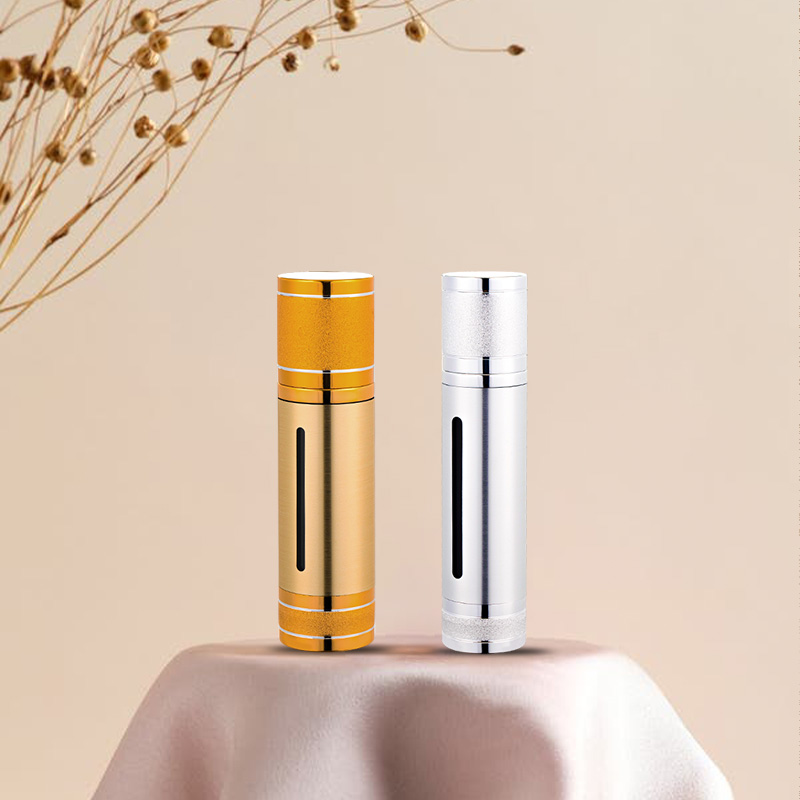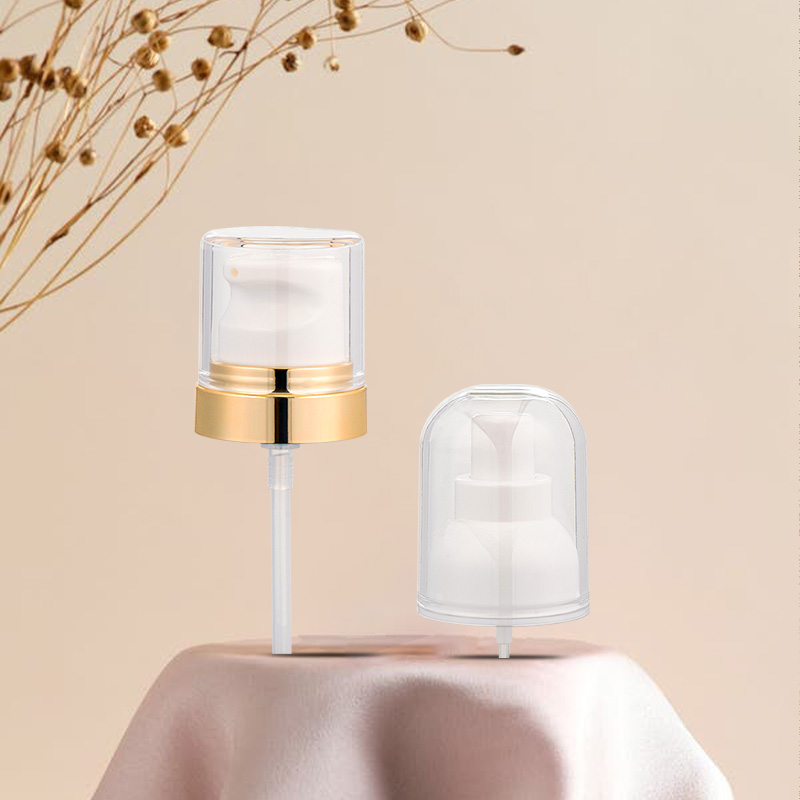Electrochemical Aluminum Mist Spray Pump

Material characteristics: durable, lightweight and highly malleable
The main material of the All-Plastic Airless Bottle is polyethylene terephthalate (PET), a widely used thermoplastic favored for its excellent physical properties, chemical stability and cost-effectiveness. PET material is not only light and easy to transport and carry, but also has high strength and toughness and can withstand certain external impacts. In addition, PET material also has excellent transparency and gloss, making product packaging more beautiful and attractive.
In addition to PET, with the development of biodegradable plastic technology, more and more all-plastic airless pump bottles are made of degradable materials such as PLA (polylactic acid). These biodegradable plastics can be decomposed by microorganisms in the natural environment and converted into harmless substances, significantly reducing the environmental pollution caused by plastic waste.
Production Efficiency: Automation, Scale and Cost Effectiveness
The production process of All-Plastic Airless Bottle is highly automated and large-scale. From raw material preprocessing, shaping, filling to packaging, the entire production process can be realized through advanced mechanical equipment and automated control systems. This efficient production method not only improves production efficiency and reduces production costs, but also reduces the impact of human factors on product quality.
The production of All-Plastic Airless Bottle is also very flexible and scalable. Manufacturers can flexibly adjust production scale and product structure according to market demand and consumer preferences. This flexibility allows all-plastic airless pump bottles to quickly adapt to market changes and meet growing consumer demand.
Environmental advantages: reduced waste, easy recycling and reduced pollution
All-plastic airless pump bottles have significant environmental advantages over other packaging forms.
Air pump-less design reduces packaging material usage. While traditional packaging formats often require additional caps or seals to prevent air from entering, all-plastic airless pump bottles achieve this function with a built-in pump head. This not only reduces production costs but also reduces packaging waste.
All-Plastic Airless Bottle is easy to recycle and reuse. Plastic materials such as PET have high recycling value. By recycling and reusing these plastic wastes, the demand for new plastic raw materials can be reduced, resource consumption and environmental pollution can be reduced. In addition, with the development of biodegradable plastic technology, more and more all-plastic airless pump bottles are beginning to be made of degradable materials, which can be decomposed by microorganisms and converted into harmless substances in the natural environment, further reducing the Risks of plastic pollution.
The use of all-plastic airless pump bottles helps reduce food or cosmetic waste. Because the air-free pump design ensures that products maintain freshness and quality during use, consumers can use these products with greater confidence, reducing waste caused by expiration or spoilage. Not only does this waste reduction help conserve resources, it also reduces the environmental costs required to dispose of waste.
The wide application of All-Plastic Airless Bottle also helps promote the development of circular economy. By recycling and reusing these plastic wastes, a complete industrial chain can be formed to promote resource recycling and sustainable economic development. At the same time, manufacturers and consumers can also jointly promote the development of a circular economy by choosing environmentally friendly packaging and reducing the use of single-use plastic products.


When designing an emulsion plastic spray pump, how can we balance the durability, recyclability and user experience of the product to achieve a more sustainable product life cycle?

Sustainability Trends in Cosmetic Packaging Bottle Pump
News Categories
Recent Posts

Dec 17,2025

Dec 10,2025
